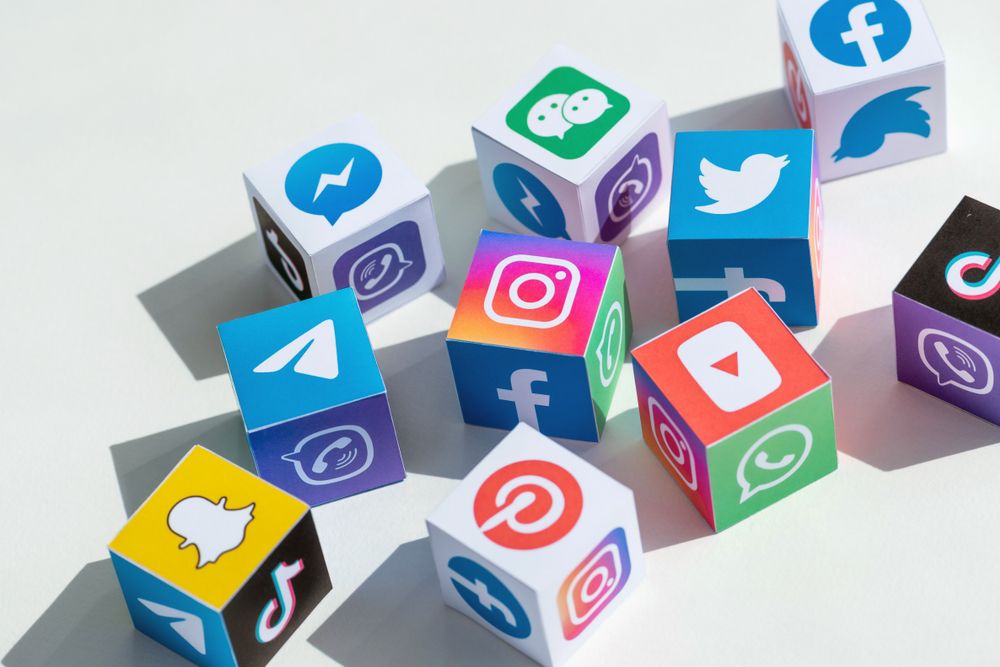The Importance of a Cross-Platform Influencer Strategy

If there’s one thing we have learned in 2020, it’s that things can change very quickly. At the start of this year, TikTok was the fastest growing social media platform, fast forward 6 months, and the app is now being banned in some countries due to security concerns.But the importance of having a presence on multiple social media channels extends further than just having a backup if one becomes unavailable.As the popular social media channels mature and new ones pop up, consumers are now not only spending more time on social media, they’re spending it on multiple social media channels. Stats show that the average internet user now has an account on more than 8 different social media platforms (a big jump from just 3 in 2012).In line with this, savvy influencers are jumping on multiple channels to extend their earning potential, and savvy brands are collaborating with these influencers to reach their large, engaged audiences.But before you run off and get influencer campaigns running on every channel, it’s important to note that not every channel is worthwhile for every brand.LinkedIn
If you are looking to create a B2B campaign, LinkedIn might be your best bet. LinkedIn has 303 million active users – 90 million of these users are senior-level influencers, and 63 million are in decision making positions. A very powerful avenue to break into if you are keen to talk #business.Pinterest
On a more B2C level, if Mommy bloggers are your target market, Pinterest might be worth a look. “Pinfluencers” (i.e. Pinterest influencers) bring value through unique ideas and expertise and is less about the “influencer” themselves. Pinterest is also a fantastic avenue to drive sales, with 83% of weekly Pinners saying they have made a purchase based on the content they saw from brands on the platform.







